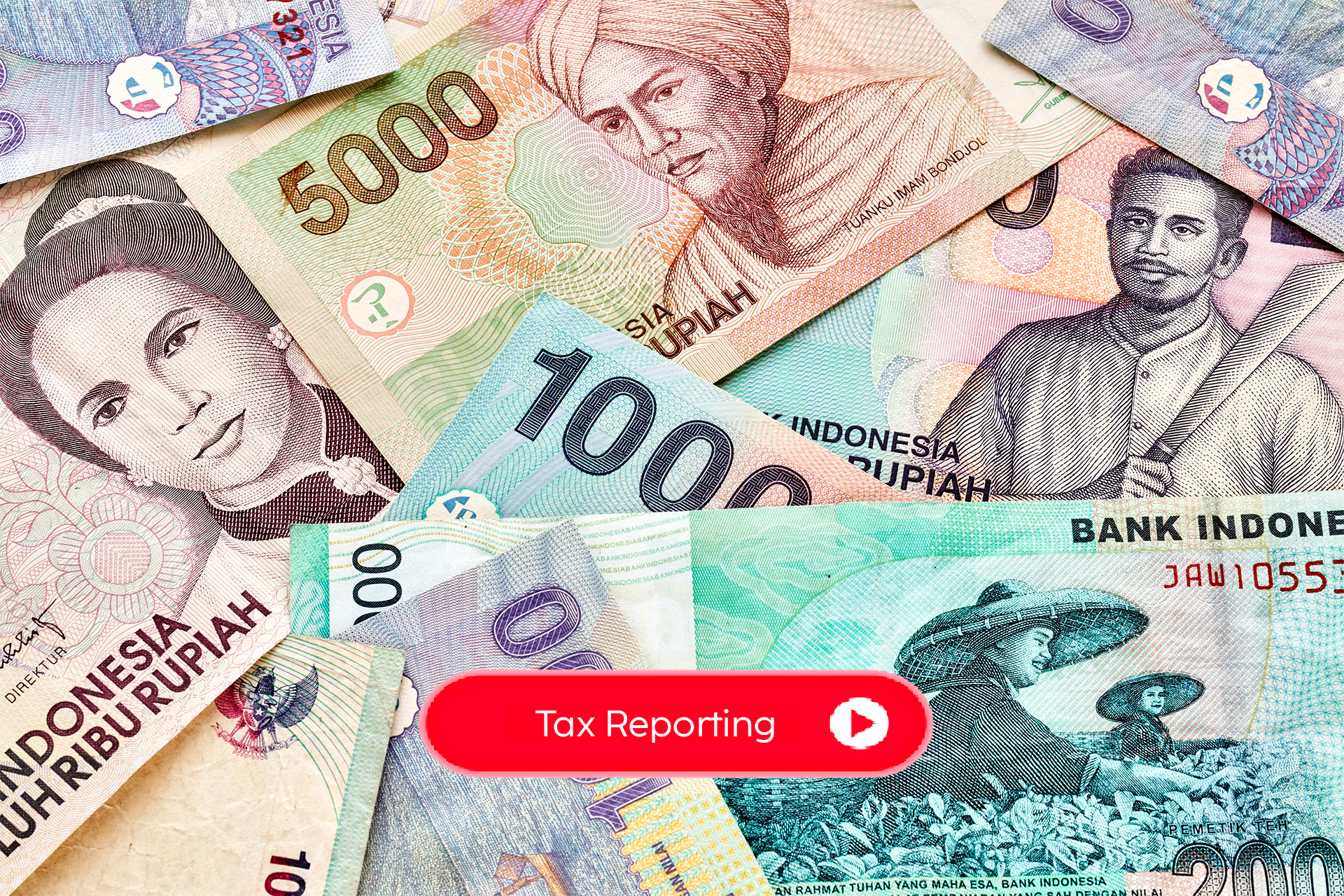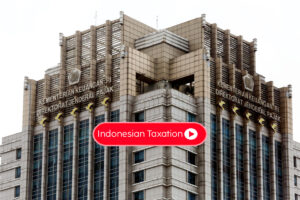The recent announcement by Finance Minister Sri Mulyani Indrawati has unveiled a novel initiative poised to empower taxpayers to avail themselves of a reduction in property and land taxes, commonly known as Pajak Bumi dan Bangunan (PBB). This groundbreaking initiative, meticulously outlined in Finance Minister Regulation (PMK) Number 129 of 2023, is set to be a game-changer in the realm of taxation. Let’s delve into the intricacies of these new provisions and the underlying mechanisms that drive them.
Effective 30 days after its official proclamation on November 30, 2023, PMK 129/2023 introduces a comprehensive set of guidelines pertaining to the bestowal of reductions in property and land taxes. Unlike the customary tax procedures, these reductions are not automatic but can be actively sought by taxpayers under specific circumstances. Notably, such circumstances include instances where the Tax Object is intricately linked to the taxpayer or when the Tax Object falls victim to natural disasters or other exceptional events.
Tax Objects that fall within the purview of this initiative encompass various sectors, ranging from plantations and natural forest areas to mining sectors such as oil and natural gas, geothermal operations, and mineral or coal mining. This marks a strategic move by the government to extend relief to taxpayers facing unique challenges in different sectors.
As articulated in Article 2, paragraph 1 of PMK 129/2023, “The Minister can grant a Reduction in Property and Land Tax to taxpayers subject to the obligation to pay tax, thus becoming taxpayers under the Land and Building Tax Law.” This provision underscores the government’s commitment to ensuring that the tax burden is reasonable for all eligible taxpayers.
To streamline and facilitate the application process, the Finance Minister has delegated the authority to grant these reductions to the Director General of Taxes. This delegation signifies a concerted effort to make the process efficient and accessible to taxpayers seeking relief. Importantly, the reduction can be requested by taxpayers facing challenges in settling their Land and Building Tax obligations, particularly those experiencing commercial losses and liquidity difficulties for two consecutive years.
Amount of Property and Land Taxes Discount
The reduction, as specified, applies to the outstanding amount in the Notice of Due Tax or the Land and Building Tax Notice, inclusive of administrative fines. The percentage of reduction can be as high as 75% of the outstanding amount or, in certain cases, up to the full 100%, depending on the specific circumstances and challenges faced by the taxpayer.
Meeting the requirements for obtaining a reduction is pivotal. Taxpayers seeking relief should refrain from filing objections to the tax notices and should not be in the process of submitting corrections. Furthermore, requests must be submitted in writing in the Indonesian language, explicitly stating the requested reduction percentage, providing a detailed rationale for the request, and including a statement attesting that the Tax Object is affected by natural disasters or other extraordinary reasons.
For reductions based on position, taxpayers stand to benefit if their Tax Object is affected by a natural disaster, provided the disaster receives official recognition from the central or local government. This adds a layer of scrutiny to ensure that the reductions are granted judiciously in cases of genuine need.
“The Reduction in Property and Land Tax as referred to in paragraph (1) can be granted up to 100% (one hundred percent) of the Land and Building Tax as referred to in paragraph (3) that has not been settled by the taxpayer,” as stated in Article 16, paragraph 4 of PMK 129/2023. This clause outlines the upper limit of the reduction, underscoring the government’s commitment to providing significant relief where necessary.
Is the Property and Land Taxes Incentive Targeted Effectively?
Despite the positive intent behind this initiative, questions have been raised by various stakeholders. This stems from the government’s ambitious target of achieving higher tax revenues in 2024, amounting to Rp1,988.9 trillion. Notably, there is an expectation that sectors like mining, which have traditionally been significant contributors to tax revenues, should be explored further.
Referring to the Annual Report of the Directorate General of Taxes (DJP) 2022, as reported by Bisnis, the mining and excavation sector secured the third-highest revenue position, contributing Rp206.96 trillion. While this is substantial, there is a call for a more robust exploration of tax sources within the mining sector, considering its historical significance in contributing to overall tax revenues.
In the fiscal landscape of 2023, the mining sector faced contraction, attributed to increased VAT refunds and non-recurring tax payments. By October, the trade sector also experienced a contraction of 32.3%, adding another layer of complexity to the economic landscape.
Analyzing the cumulative growth of the sector reveals a slower pace compared to the preceding year. From January to October 2023, the mining sector recorded a growth rate of 31.5%, a notable slowdown from the impressive 188.3% growth witnessed the previous year. These figures underscore the need for a nuanced approach in addressing sector-specific challenges and optimizing tax revenues.
In conclusion, while the reduction in property and land taxes presents a positive step towards alleviating the financial burden on taxpayers, ongoing scrutiny and strategic planning are essential. Balancing the immediate relief provided to taxpayers with the overarching goal of achieving robust tax revenues requires a careful calibration of policies and a keen understanding of sector-specific dynamics. As the government navigates the fiscal landscape, stakeholders remain vigilant, seeking a harmonious equilibrium that fosters economic growth and fiscal responsibility.





 20% off today. Whatsapp us!
20% off today. Whatsapp us!